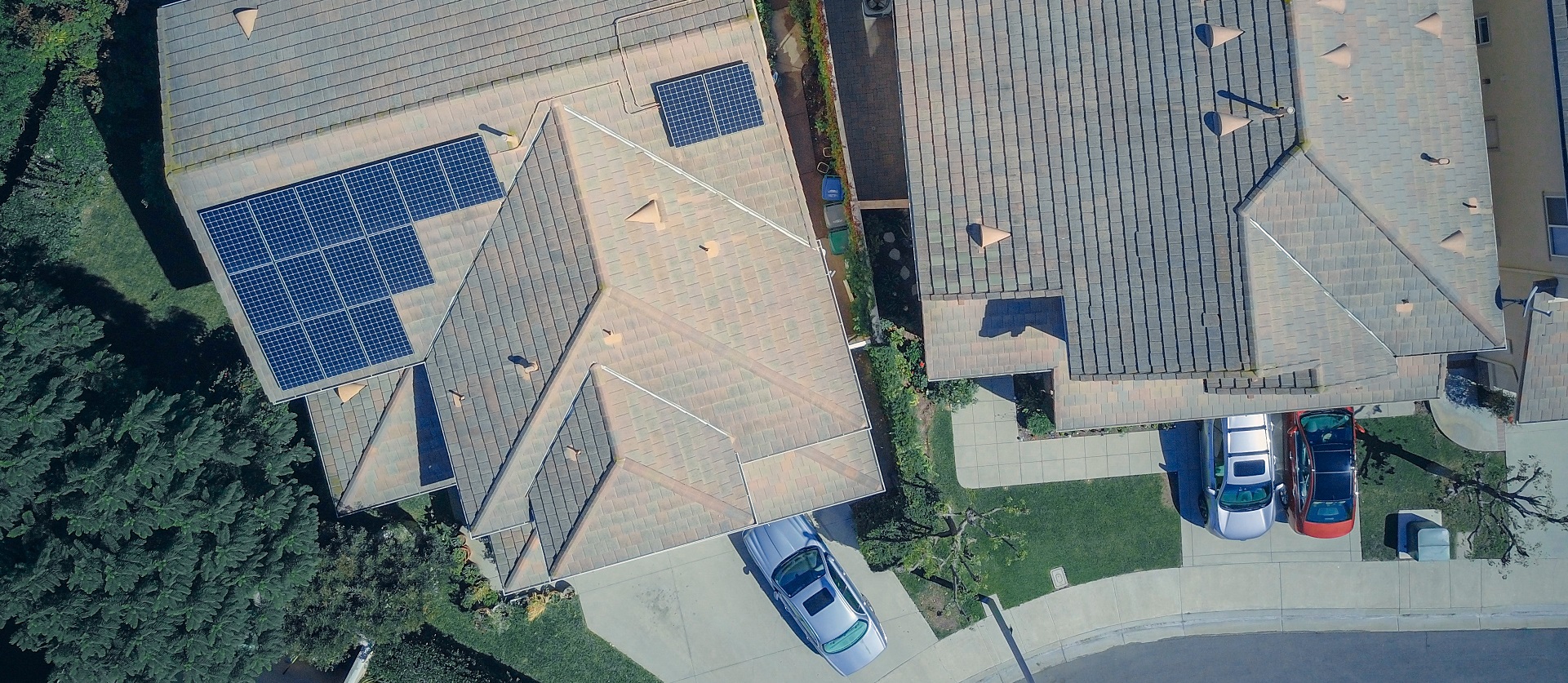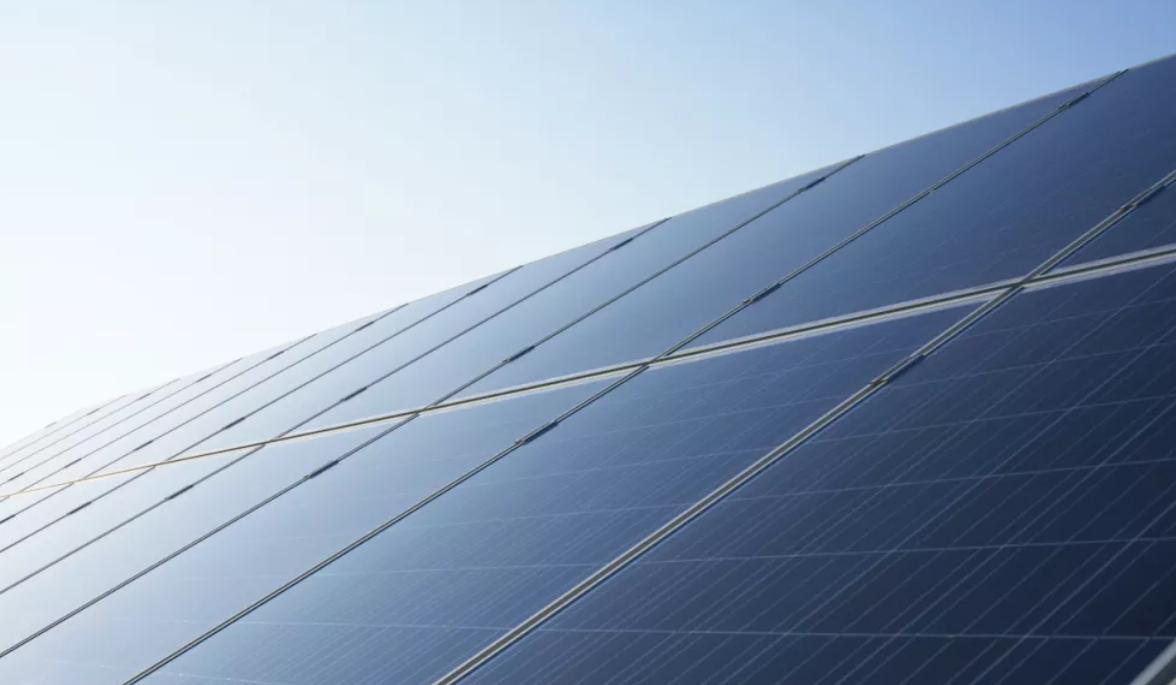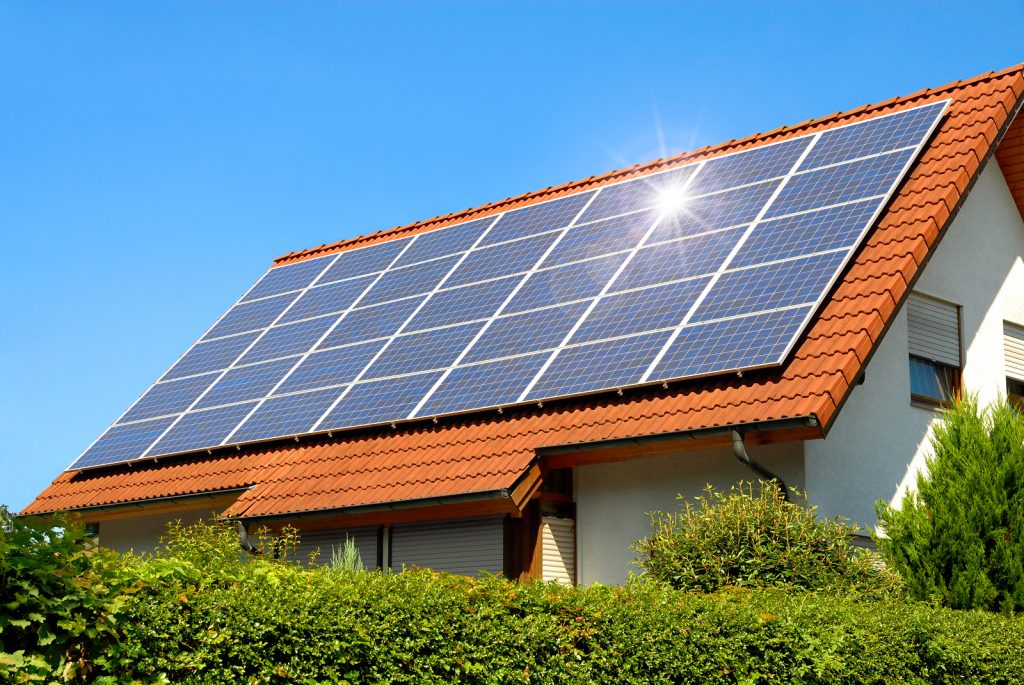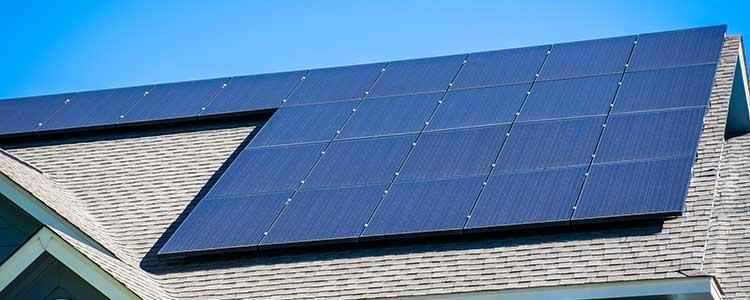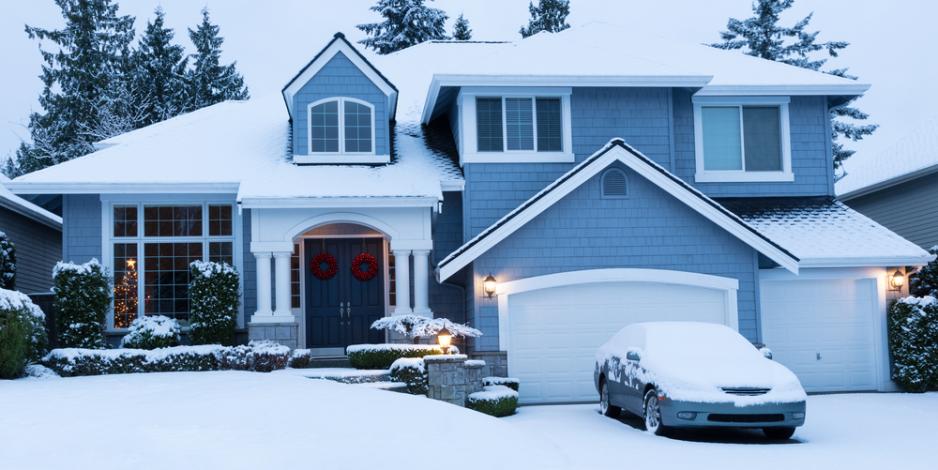Roof Replacement and Solar Installation: A Comprehensive Guide
June 8, 2024
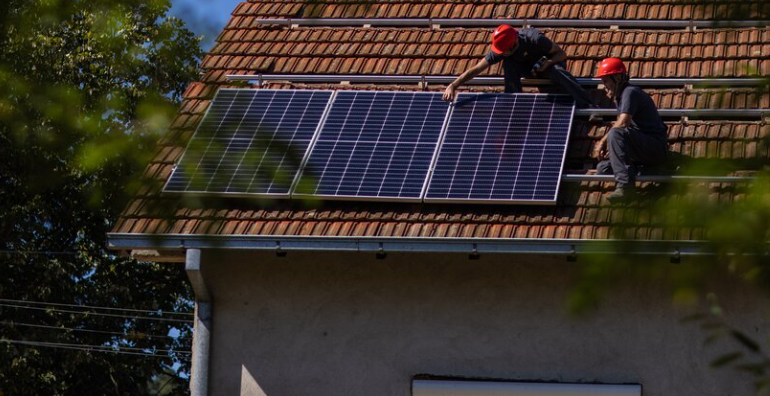
Are you planning to replace your old roof and install solar panels? It’s a great investment that can save you money on your energy bills, reduce your carbon footprint, and increase the value of your home. But before you start, there are some important things you need to know. In this guide, we’ll cover everything you need to know about roof replacement and solar installation.
Why Combine Roof Replacement and Solar Installation?
Roof replacement and solar installation go hand in hand. When you install solar panels, you need to make sure your roof is in good condition. If your roof is old and damaged, it may not be able to support the weight of solar panels. In addition, a damaged roof can cause leaks and other problems that can damage your solar panels. By replacing your roof before installing solar panels, you can ensure that your new roof will be strong enough to support your solar panels and protect them from damage.
Choosing the Right Roofing Material
When it comes to roof replacement, there are many options to choose from. Some of the most popular roofing materials include asphalt shingles, metal roofs, and tile roofs. Each type of roofing material has its own advantages and disadvantages. For example, asphalt shingles are affordable and easy to install, but they don’t last as long as metal roofs. Metal roofs are durable and long-lasting, but they can be expensive. Tile roofs are beautiful and energy-efficient, but they can be heavy and difficult to install.
When choosing a roofing material for your solar installation, it’s important to consider factors such as durability, energy efficiency, and compatibility with solar panels. Your roofing contractor can help you choose the best material for your needs.
The Importance of Proper Installation
Proper installation is crucial when it comes to roof replacement and solar installation. If your roof or solar panels are not installed correctly, it can cause a lot of problems down the line. For example, a poorly installed roof can leak, causing water damage to your home. A poorly installed solar panel can cause electrical problems or even a fire.
To ensure that your roof and solar panels are installed correctly, it’s important to work with a qualified and experienced roofing and solar contractor. Look for a contractor who is licensed and insured, and who has a good reputation in your community.
Also Read: Factors that Affect Your Total Solar Panel Installation Cost
Financing Your Roof Replacement and Solar Installation
Roof replacement and solar installation can be a significant investment. However, there are many financing options available that can make it more affordable. Some options include:
- Solar loans: Many banks and credit unions offer loans specifically for solar installations.
- Property-assessed clean energy (PACE) loans: PACE loans are secured by your property and can be used to finance energy-efficient upgrades such as solar panels.
- Home equity loans: If you have equity in your home, you may be able to use it to finance your roof replacement and solar installation.
- Federal tax credits: The federal government offers a tax credit of up to 26% of the cost of your solar installation.
Maintenance and Care
Once your roof replacement and solar installation are complete, it’s important to take care of them to ensure their longevity and performance. Here are some tips for maintaining your roof and solar panels:
- Inspect your roof and solar panels regularly for damage and wear.
- Clean your solar panels regularly to remove dirt and debris.
- Trim any trees or branches that could shade your solar panels.
- Repair any leaks or damage as soon as possible to prevent further damage.
Conclusion
Roof replacement and solar installation can be a great investment for your home. By replacing your old roof and installing solar panels, you can save money on your energy bills, reduce your carbon footprint, and increase the value of your home. However, it’s important to choose the right roofing material, work with an experienced contractor, and properly maintain your roof and solar panels to ensure their longevity and performance. With the right planning and execution, you can enjoy the benefits of a new roof and solar installation for years to come.
FAQs
1. Can I install solar panels on my old roof?
While it’s possible to install solar panels on an older roof, it’s important to ensure that the roof is in good condition and can support the weight of the panels. A damaged or weakened roof can cause problems down the line, so it’s often best to replace your roof before installing solar panels.
2. How long do a roof replacement and solar installation take?
The time it takes to complete a roof replacement and solar installation can vary depending on factors such as the size of your roof, the type of roofing material, and the complexity of the solar installation. Generally, it can take anywhere from a few days to a few weeks to complete the project.
3. Will a new roof increase the value of my home?
Yes, a new roof can increase the value of your home, especially if you choose a high-quality roofing material. In addition, a solar installation can also increase the value of your home, as it can save potential buyers money on their energy bills.
4. Can I finance a roof replacement and solar installation?
Yes, there are many financing options available for roof replacement and solar installation. Some options include solar loans, PACE loans, home equity loans, and federal tax credits.
5. How do I choose the right roofing material for my solar installation?
When choosing a roofing material for your solar installation, it’s important to consider factors such as durability, energy efficiency, and compatibility with solar panels. Your roofing contractor can help you choose the best material for your needs.
Related Articles:


